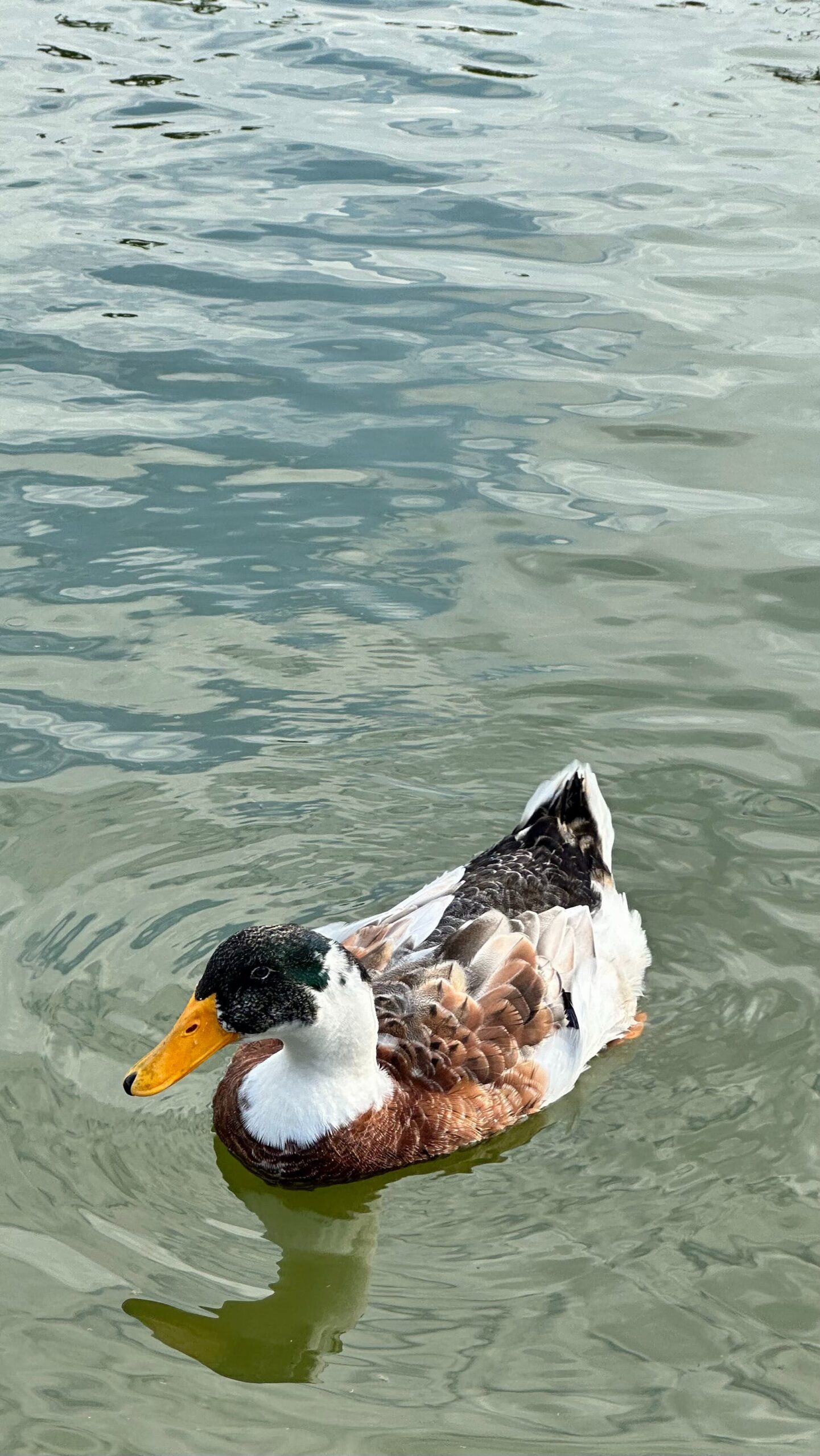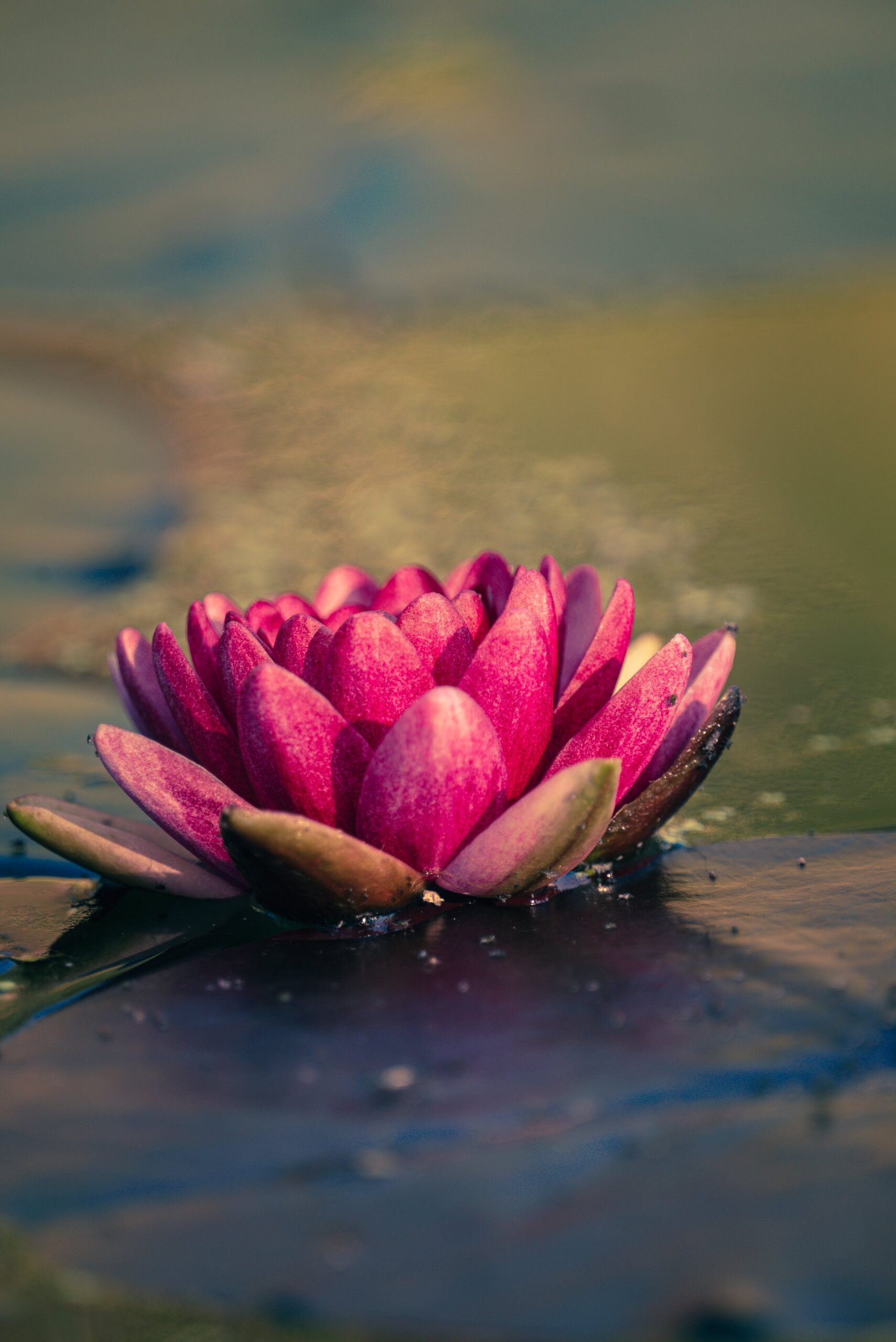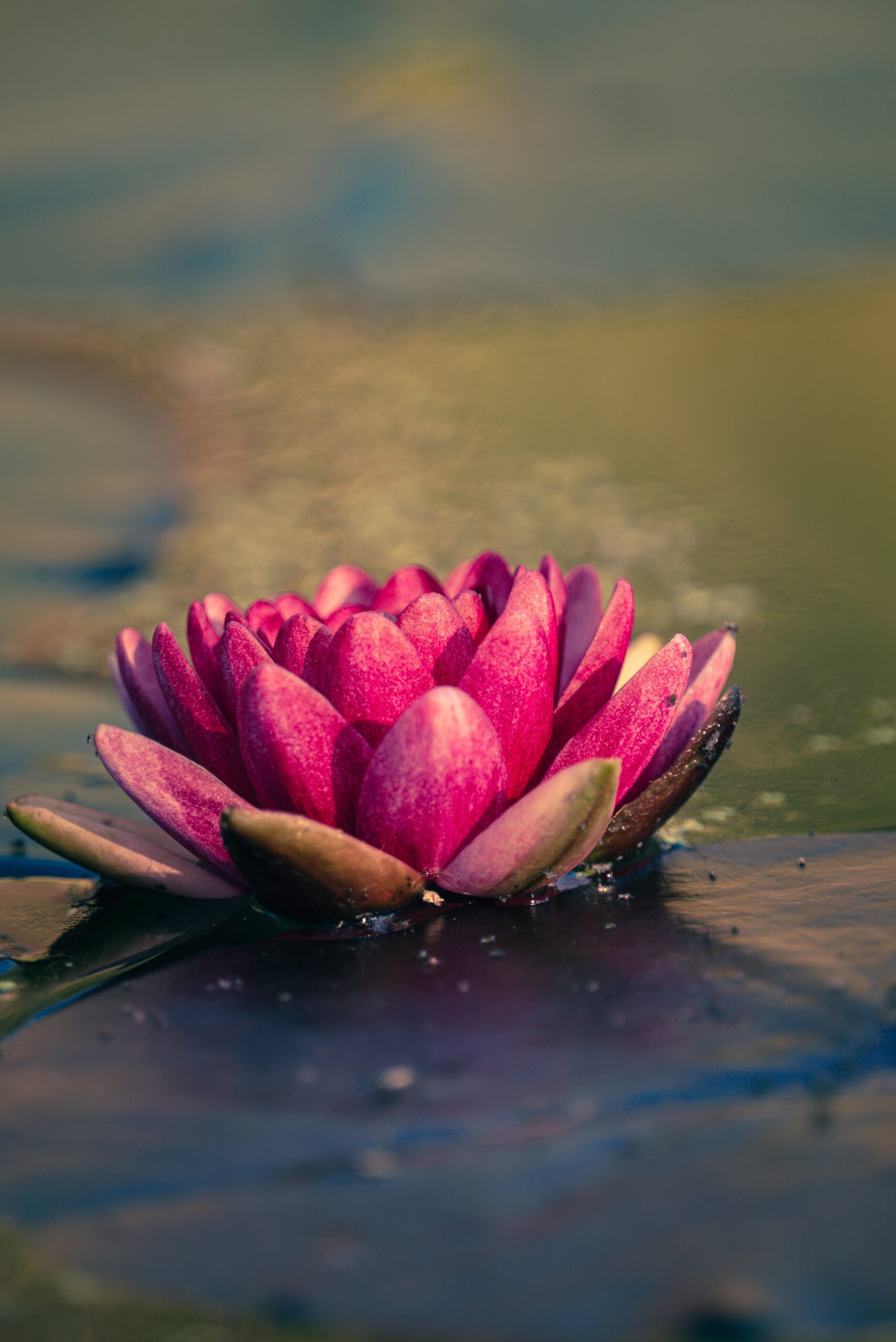In the face of a persistent drought, managing well water becomes crucial to ensure its sustainability. But how can you effectively navigate this challenge? This article provides invaluable insights into the dos and don’ts of managing well water during droughts. From practical tips on water conservation to avoiding common mistakes, you will discover key strategies that will help you preserve and make the most of your well water during these challenging times. So, let’s dive in and learn how to be good stewards of our precious water resources.
Planning and Preparation
Assessing well water availability
When it comes to managing well water during droughts, it is crucial to begin with a thorough assessment of your well water availability. This involves understanding the water table levels in your area and how they fluctuate throughout the year. By monitoring these levels, you can gain valuable insights into the sustainability and reliability of your well water source during periods of drought.
Determining water usage needs
Knowing your water usage needs is essential for effective well water management during droughts. Take some time to assess your household’s daily water consumption, including indoor and outdoor use. This will help you understand the amount of water you require and allow you to make informed decisions on conservation measures without compromising your needs.
Developing a water conservation plan
Once you have assessed your well water availability and determined your water usage needs, the next step is to develop a comprehensive water conservation plan. This plan should outline specific strategies and actions you will implement to conserve and manage your well water during droughts. It may include measures such as reducing water waste, implementing efficient irrigation methods, and monitoring and managing your overall water usage.
Well Maintenance
Regular well inspection
Regular inspection of your well is vital for ensuring its optimal functioning and longevity. During drought periods, increased demand on the well can put additional stress on its components and reduce its efficiency. By conducting routine inspections, you can identify any potential issues early on and address them promptly, preventing them from escalating into larger problems.
Checking and repairing well components
In addition to regular inspections, it is crucial to regularly check and maintain the various components of your well. This includes inspecting the well pump, pressure tank, pressure switch, and any other relevant equipment. By identifying and repairing any damaged or malfunctioning parts, you can ensure that your well operates at its best capacity, even during drought conditions.
Securing the well from contamination
During droughts, there is an increased risk of contaminants entering the well water due to reduced groundwater levels. To safeguard the quality of your well water, it is essential to take extra precautions to secure the well from potential contamination sources. This can include properly sealing the wellhead, keeping the area around the well clean and free from potential pollutants, and regularly testing the water for any signs of contamination.

Water Conservation Practices
Monitoring and managing water usage
One of the most effective ways to manage well water during droughts is to monitor and manage your overall water usage carefully. Keep track of how much water your household consumes on a daily and monthly basis and look for ways to reduce unnecessary usage. By being mindful of your water consumption, you can make a significant impact on conserving well water resources.
Implementing efficient irrigation methods
During droughts, it is essential to optimize your irrigation practices to minimize water waste. Consider using smart irrigation systems that adjust watering schedules based on real-time weather data and soil moisture levels. Additionally, explore the use of drip irrigation or soaker hoses, which deliver water directly to the plants’ roots, reducing water loss through evaporation.
Fixing leaks and reducing water waste
Addressing leaks promptly is crucial for water conservation and well water management during droughts. Even small leaks can add up to a significant amount of wasted water over time. Regularly check your plumbing fixtures, faucets, and irrigation systems for any leaks or drips. Repairing these issues promptly will not only conserve water but also protect your well from unnecessary strain.
Managing Water Quality
Testing water quality regularly
Regularly testing the quality of your well water is essential for ensuring its safety and identifying any potential contamination. This is especially crucial during droughts when the concentration of contaminants may increase due to reduced groundwater levels. Test your well water for bacteria, nitrates, and other common contaminants according to the recommended frequency and guidelines from your local health department.
Treating and disinfecting well water
If your well water tests indicate the presence of contaminants, it is crucial to take appropriate measures to treat and disinfect the water. This can involve using filtration systems, such as activated carbon filters or reverse osmosis systems, to remove impurities. Additionally, consider installing a UV disinfection system to kill any remaining bacteria or pathogens.
Protecting against bacterial contamination
During droughts, the risk of bacterial contamination in well water increases due to reduced water levels and potential infiltration of surface water. To protect your well from bacterial contamination, ensure that the well is properly sealed and secure. Avoid storing or using hazardous substances near the well, and take extra precautions when handling and disposing of chemicals or waste to prevent contamination.

Managing Water Levels
Measuring and monitoring water levels
To effectively manage your well water during droughts, it is crucial to measure and monitor the water levels in your well. Regularly measure the depth of your well water and track any changes over time. This will help you understand the impact of drought conditions on your well and allow you to make informed decisions about water usage and conservation.
Implementing water level conservation strategies
When managing well water during droughts, it is essential to implement strategies to conserve water levels. This can include limiting non-essential water use, such as car washing or filling swimming pools, and prioritizing essential needs. Additionally, explore water-saving appliances and fixtures, such as low-flow toilets and showerheads, to reduce overall water consumption without compromising comfort or quality of life.
Considering the use of water-saving appliances
As part of your water level conservation efforts, consider incorporating water-saving appliances into your household. These appliances, such as energy-efficient washing machines and dishwashers, can significantly reduce water consumption without sacrificing performance. Look for appliances with the EPA’s WaterSense label, which indicates that they meet rigorous water efficiency standards.
Watering Gardens and Lawns
Using drought-tolerant plants
To conserve water and maintain a beautiful garden or lawn during drought conditions, focus on using drought-tolerant plants. These plants are naturally adapted to survive with minimal water input and can thrive even in dry conditions. Consider native plant species or those that have low water requirements, and group plants with similar water needs together for more efficient irrigation.
Practicing proper watering techniques
When watering your gardens and lawns during droughts, it is essential to practice proper watering techniques to maximize efficiency. Water early in the morning or late in the evening when evaporation rates are lower. Water deeply but less frequently to encourage plants to develop deep root systems. Avoid overhead sprinklers that can lead to water loss through evaporation and focus on targeted irrigation methods.
Mulching to conserve soil moisture
Mulching is a simple yet effective technique for conserving soil moisture and reducing water evaporation during droughts. Apply a layer of organic mulch, such as wood chips or straw, around plants and across garden beds. This helps insulate the soil, regulate temperature, and reduce weed growth. Mulching also enhances soil health and fertility, promoting the overall health and resilience of your gardens and lawns.

Domestic Water Use
Managing indoor water consumption
Managing your indoor water consumption is essential during droughts to conserve well water. Encourage household members to adopt water-saving habits, such as turning off faucets when not in use, taking shorter showers, and only running the dishwasher or washing machine with full loads. Emphasize the importance of being mindful of water usage and the positive impact it can have on well water sustainability.
Implementing water-saving fixtures
Upgrading your home with water-saving fixtures can significantly reduce indoor water consumption and contribute to effective well water management during droughts. Install low-flow showerheads, faucets aerators, and dual-flush toilets to minimize water usage without compromising functionality. These fixtures are designed to maintain water pressure while significantly reducing water flow, ultimately resulting in substantial water savings.
Educating household members on water conservation
Education is key to ensuring that your household plays an active role in managing well water during droughts. Take the time to educate family members on the importance of water conservation and the specific measures you are implementing. Encourage them to contribute to water-saving efforts by being mindful of their water usage and actively supporting conservation practices.
Monitoring and Reporting
Keeping track of water usage
To stay on top of your well water management efforts, it is essential to keep track of your water usage. Regularly monitor and record your household’s water consumption and compare it to your set conservation goals. This will allow you to identify any areas where additional adjustments and improvements can be made and ensure that you remain on track with your water conservation plan.
Notifying authorities of any issues
If you encounter any issues with your well water during droughts, it is essential to notify the appropriate authorities promptly. This includes reporting any sudden changes in water quality, reduced water availability, or any other concerns you may have. By alerting the authorities, you not only protect your own well water but also contribute to the broader management and protection of water resources in your area.
Reporting changes in well water quality
Regular monitoring of your well water quality is crucial, especially during drought periods. If you notice any changes in the taste, odor, or color of your well water, report it immediately. These changes could be indicators of potential contamination or other issues that need to be addressed promptly. It is better to be proactive and seek professional advice to ensure the safety of your well water and the health of your household.
Drought Emergency Measures
Resorting to water rationing
During severe droughts, it may become necessary to implement water rationing measures. This involves imposing restrictions on non-essential water use and limiting the amount of water each household can consume. While water rationing can be challenging, especially for maintaining gardens and lawns, it is a crucial step to ensure that water resources are allocated fairly and sustainably during times of extreme scarcity.
Implementing emergency storage and supply options
Preparing for drought emergencies includes having alternative water storage and supply options available. Consider installing rainwater harvesting systems to collect and store rainwater for non-potable uses, such as irrigation or toilet flushing. Additionally, explore the possibility of installing a backup water storage tank or seeking access to communal emergency water supplies in your area.
Seeking alternative water sources
In extreme drought situations, it may be necessary to seek alternative water sources outside of your well. This can include exploring options such as water trucking, temporary water permits, or community water-sharing arrangements. It is important to stay informed about local emergency water provisions and work closely with local authorities to ensure the availability of a reliable water supply during prolonged drought periods.
Professional Assistance
Consulting with water management experts
If you require specific guidance or expert advice on managing well water during droughts, consider consulting with water management experts. These professionals can assess your unique situation, provide tailored recommendations, and help you optimize your well water management practices. Their expertise can be invaluable in maximizing water conservation efforts and maintaining the sustainability of your well during challenging times.
Hiring licensed well drillers and technicians
When it comes to well maintenance and repairs, it is essential to hire licensed well drillers and technicians. These professionals have the knowledge and expertise to properly inspect, maintain, and repair your well system. They can ensure that your well is operating efficiently and effectively, allowing you to navigate drought conditions with confidence.
Seeking advice from local extension offices
Local extension offices or agricultural cooperative extension services can be valuable resources for well water management during droughts. These offices often provide educational materials, workshops, and consultations to homeowners and farmers on a range of topics, including water conservation and well management. Contact your local extension office to inquire about available resources or to seek advice specific to your well and location.
By following these do’s and don’ts of managing well water during droughts, you can effectively conserve and manage your well water resources, ensuring their sustainability and availability even in challenging times. Remember, every effort counts, and by being proactive and implementing these strategies, you contribute to the overall preservation and responsible use of our precious water resources.

